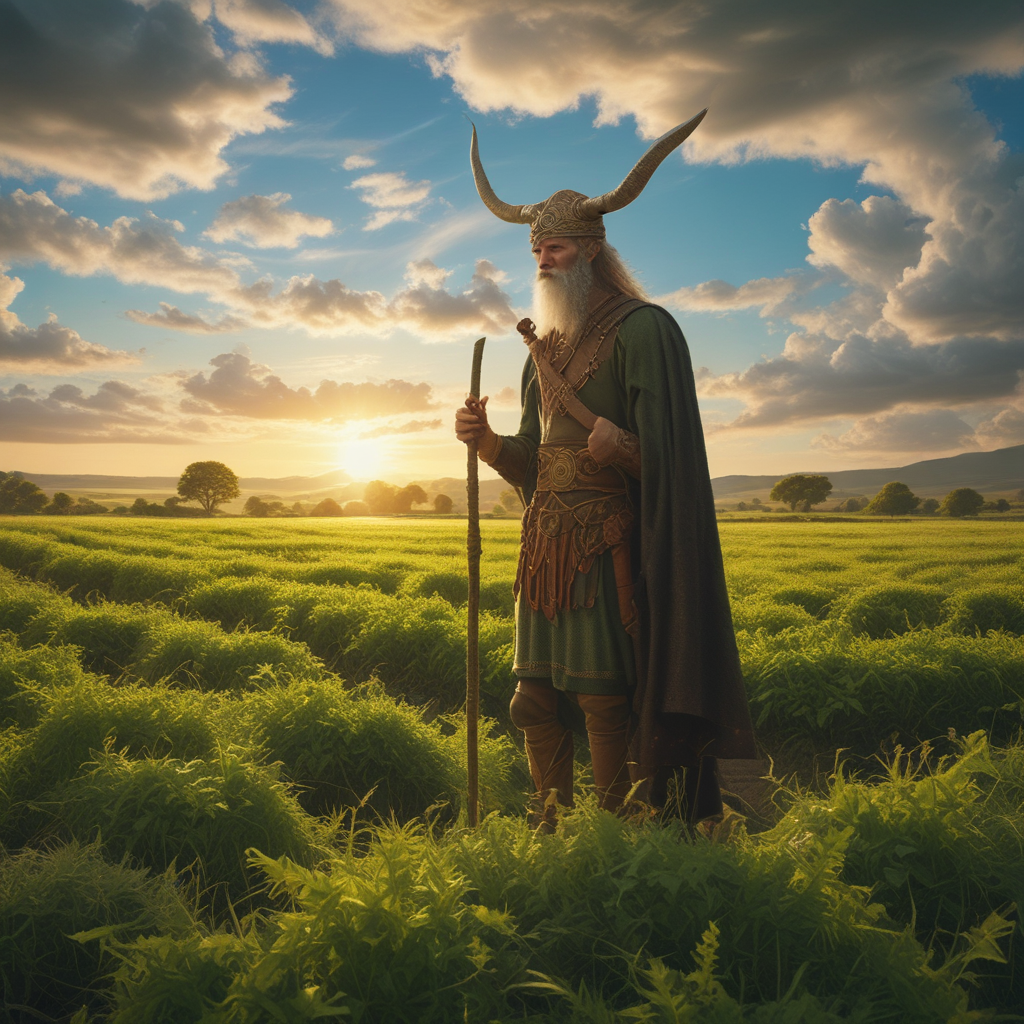The Connection Between Celtic Mythology and Agriculture
Celtic mythology is rich with stories, gods, and rituals, closely intertwined with the natural world and the cycle of agricultural life. Let’s explore how the ancient Celts viewed agriculture through the lens of their myths.
The Importance of Agriculture in Celtic Society
Agriculture was a crucial aspect of Celtic society, providing sustenance, livelihood, and a spiritual connection to the land. The Celts revered the earth as a source of life, fertility, and abundance. Through their myths and rituals, they sought to honor and appease the deities associated with agriculture to ensure bountiful harvests.
Celtic Deities of Agriculture
In Celtic mythology, various deities were revered as patrons of agriculture and fertility. Lugh, the god of skills and craftsmanship, was also associated with agriculture and the harvest. The goddess Brigid, revered for her nurturing and creative aspects, was often invoked for blessings on crops and livestock. Cernunnos, the horned god of animals and the harvest, was another prominent figure in Celtic agricultural mythology.
Rituals and Festivals Celebrating Agriculture
Celtic festivals and rituals were intricately tied to the agricultural calendar, marking important stages of the planting, growing, and harvesting seasons. Beltane celebrated the beginning of summer and fertility, while Lughnasadh honored the first fruits of the harvest. Samhain marked the end of the harvest and the beginning of winter, symbolizing death and rebirth in the agricultural cycle.
These sacred celebrations and rituals not only marked the agricultural seasons but also served as a way for the Celts to express gratitude to the deities, seek their blessings, and ensure the prosperity of their crops and livestock.
FAQs About The Connection Between Celtic Mythology and Agriculture
What role did agriculture play in Celtic mythology?
In Celtic mythology, agriculture held significant importance as it was closely linked to the cycles of nature and the deities associated with fertility and harvest. The Celts revered agricultural practices, viewing them as sacred rituals that ensured bountiful crops.
Which Celtic deities were associated with agriculture?
Celtic mythology featured various deities linked to agriculture, such as the goddess Brigid, associated with fertility, agriculture, and livestock. Cernunnos, the god of nature and fertility, was also revered for his role in ensuring the prosperity of crops.
How did Celtic myths explain the changing seasons and agricultural cycles?
Celtic myths often depicted the changing seasons through tales of gods and goddesses influencing nature’s cycles. Stories of the Oak King and the Holly King battling symbolize the transitions between seasons, reflecting the ebb and flow of agricultural cycles.
What rituals or festivals were celebrated in Celtic culture to honor agriculture?
The Celts celebrated various festivals like Beltane and Lughnasadh to mark different stages of the agricultural calendar. These rituals included offerings to deities, feasting, and ceremonies aimed at ensuring a successful harvest and agricultural prosperity.



